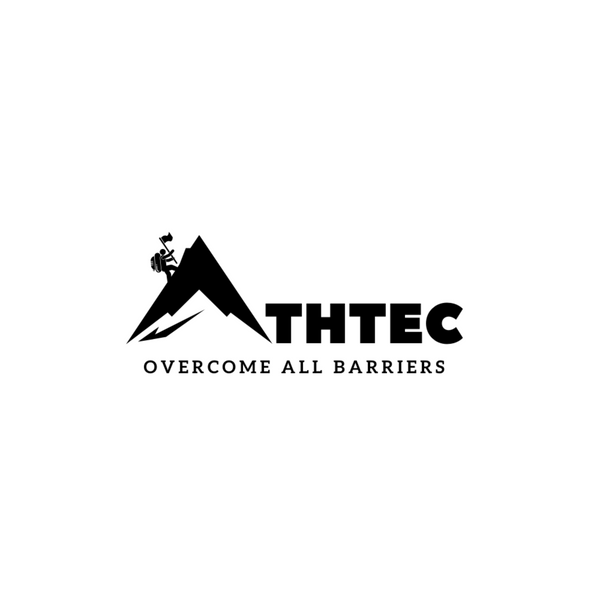
Exercises, Stretches and Gear to Complement Your Hunchback Correction Routine
Share
Exercises, Stretches, and Gear to Complement Your Hunchback Correction Routine
Correcting a hunchback, or kyphosis, involves more than just wearing a posture corrector. To achieve lasting results, it's essential to incorporate exercises, stretches, and the right gear into your daily routine. Here’s a comprehensive guide to help you strengthen your back, improve spinal alignment, and enhance your posture correction journey.
1.Essential Exercises
a. Shoulder Blade Squeezes:
This exercise helps activate and strengthen the muscles between your shoulder blades, encouraging a more upright posture. Simply sit or stand straight, squeeze your shoulder blades together, hold for a few seconds, and release. Repeat 10-15 times. Resistance Bands/Ropes can also help.

b. Wall Angels
Stand with your back against a wall, arms at your sides. Slowly raise your arms overhead, keeping them in contact with the wall as you move. This movement improves shoulder mobility and strengthens upper back muscles.
c. Cat-Cow Stretch:
This yoga-inspired stretch increases flexibility in your spine. Start on your hands and knees, arch your back (cow), then round it (cat), moving slowly between each position. Perform this stretch for 1-2 minutes daily.
2. Effective Stretches
a. Chest Opener Stretch:
Tight chest muscles contribute to hunchback posture. Stand in a doorway, place your hands on the frame, and gently lean forward to stretch the front of your chest. Hold for 20-30 seconds and repeat 2-3 times.
b. Upper Back Stretch:
Sit on a chair, clasp your hands behind your head, and gently pull your elbows back. This stretch targets the upper back, helping to counteract the forward rounding of the shoulders.
3. Complementary Gear
a. Posture Corrector:
A posture corrector is a useful tool for gently guiding your spine into proper alignment. It should be worn consistently but not all day, allowing your muscles to strengthen on their own.
b. Ergonomic Chair:
Invest in an ergonomic chair that supports your lower back and encourages a neutral spine position. Proper seating can prevent poor posture and reduce the strain that leads to hunchback formation.
c. Foam Roller:
Using a foam roller on your upper back can relieve tension and improve flexibility. Roll it along your spine for a few minutes daily to help reduce muscle tightness.
Conclusion
Incorporating these exercises, stretches, and gear into your daily routine will significantly enhance your hunchback correction efforts. By actively working to strengthen your back and improve your posture, you’ll achieve better spinal alignment, reduce discomfort, and enjoy a more confident, upright posture over time.
